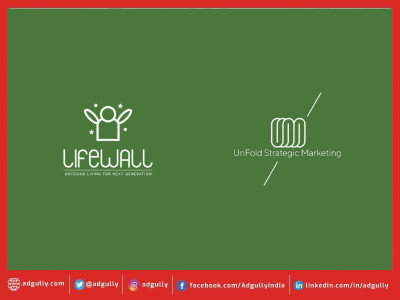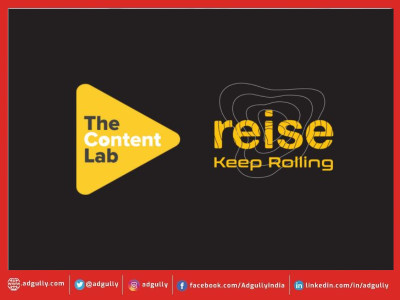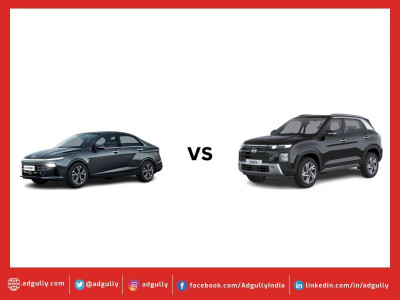FoodTech in India: A promising future for mobile marketers
For Sunil Thomas, Co-founder and Executive Chairman, CleverTap, there’s no denying that the foodtech industry is booming. A report by Boston Consultancy Group (BCG) suggests that online food ordering in the Indian ecosystem is estimated to grow at a rate of 25%-30% at a compounding rate and will touch $7.5Bn-$8Bn by 2022, up from $4 bilion currently. In the foodtech business, convenience is a major primary driver in the decision of consumers to purchase a product or store food.
ALSO READ: CleverTap Names Jayant Kshirsagar as Senior Vice President of Marketing
Giving consumers convenience, food-based mobile apps have integrated numerous technologies such as QR-based menu displays, contactless payments, online meal customisation, online ingredient tracking and tracing, and AI-enabled smart camera-aided services.
Competition is fierce and customers are no longer passive recipients of marketing messages. They are informed, empowered, and moving across channels through their decision journey. Customers expect brands to reach out with timely offers and updates. Furthermore, the Indian middle class is expanding, as is the number of smartphone users. Between 2011 and 2018, $10.8 billion was invested in India’s foodtech industry.
Mobile is reshaping consumer behaviour, and it’s playing a big role in the emergence of food tech. Hundreds of micro-moments are segmented into the decision journey that leads to a customer ordering in across devices and channels. Listening and responding with timely offers and updates ‘when they want it” and “where they want it” is the key to a successful food app.
Below are some key trends that are prevailing in the foodtech space:
• E-commerce: For a long time, e-commerce has been a hot topic in the food and beverage business. However, the COVID-19 crisis pushed food supply chain improvements even further. Food brands use digital platforms to provide on-demand online delivery services and direct-to-customer (D2C) distribution models to reach customers. Furthermore, during the pandemic, safety concerns encouraged the rise of ghost kitchens or cloud kitchens that solely provide food takeout and deliveries. Brands are focusing on omnichannel distribution in addition to D2C to increase customer experience and sales.
• Digitition of restaurants: Restaurant digitisation improves the client experience while also allowing for more efficient operations management. It also assists restaurants in gathering data points at each stage of the process, allowing for data-driven decision-making throughout the operation. Furthermore, COVID-19 is creating a shift in restaurants adopting digital management systems across the supply chain because of the disruption to the food and beverage business. Restaurants use computerised menus, self-service kiosks, and cashless payment options to eliminate direct human-to-human contact. AI-enabled solutions utilise user behavior data to make meal recommendations and generate new recipes.
The Opportunities Ahead for Mobile Marketers
Marketers clearly need to enhance their mobile marketing strategies to stay ahead of their competitors. In a world of a million little distractions every day, a positive user experience is a must. To win the attention of today’s foodtech customers, new devices and technologies must be utilised.
Here are some of the opportunities that mobile markets must tap into this 2022:
• Know your customer: Keep a close eye on the timeline of user activity as you build detailed user profiles based on their search actions, locations, favorite time, and order size. Use hyperlocal data to provide messages to users about restaurants within their area.
• Create omnichannel messaging campaigns: Create multiple, automated cross-channel campaigns that target people on the correct channel at the right time at every stage of their customer journey. At the touch of a button, visually track the development of a new onboarding or promotional engagement campaign.
• Use real-time user segmentation to grow your brand: Observe how your app's users engage with it in real-time. Segment them depending on live actions, such as those who looked for fast food but didn’t finish the order within 15 minutes. Use this golden window to communicate with these people.
• Forecast user micro-segments and track campaign uplift: Intent can be used to identify users who are most likely to return after leaving a search. Create diverse engagement strategies for loyal customers who are most likely to order again, as well as for potential customers who are on the fence, to maximise the return on your marketing investment.
• Tap uncharted territories: As more individuals turned from traditional retail markets to online food deliveries during the pandemic, several online food companies benefited from increased Internet penetration in tier II and III cities. This, combined with their expanded reach, resulted in new consumer groups, and increased profitability. Mobile marketers need to tap these unchartered territories for enhanced results.
• Technology integration in the apps: Introduce elements that are simple to use, such as searching by the restaurant or cuisine type, making in-app reservations, and so on. Highlight the advantages that the app will provide to customers, such as cashback on certain orders, or assured delivery times. Include information about the most recent app version, such as the date of the most recent update, past bug fixes, and new feature releases. Apps that are actively improved and updated are more likely to be downloaded as well as retained on smartphones.
The foodtech industry is an ever-evolving space with many big players stepping up their operations and a large number of entrants giving them tough competition. AI and Big Data will alter the industry as we know it. Early identification of new prospects and developing mobile marketing strategies to incorporate these strategies into your organization can give apps a competitive advantage. And in a space like this, every advantage is crucial for survival.
















Share
Facebook
YouTube
Tweet
Twitter
LinkedIn